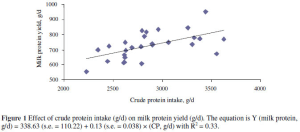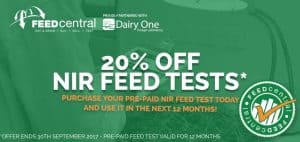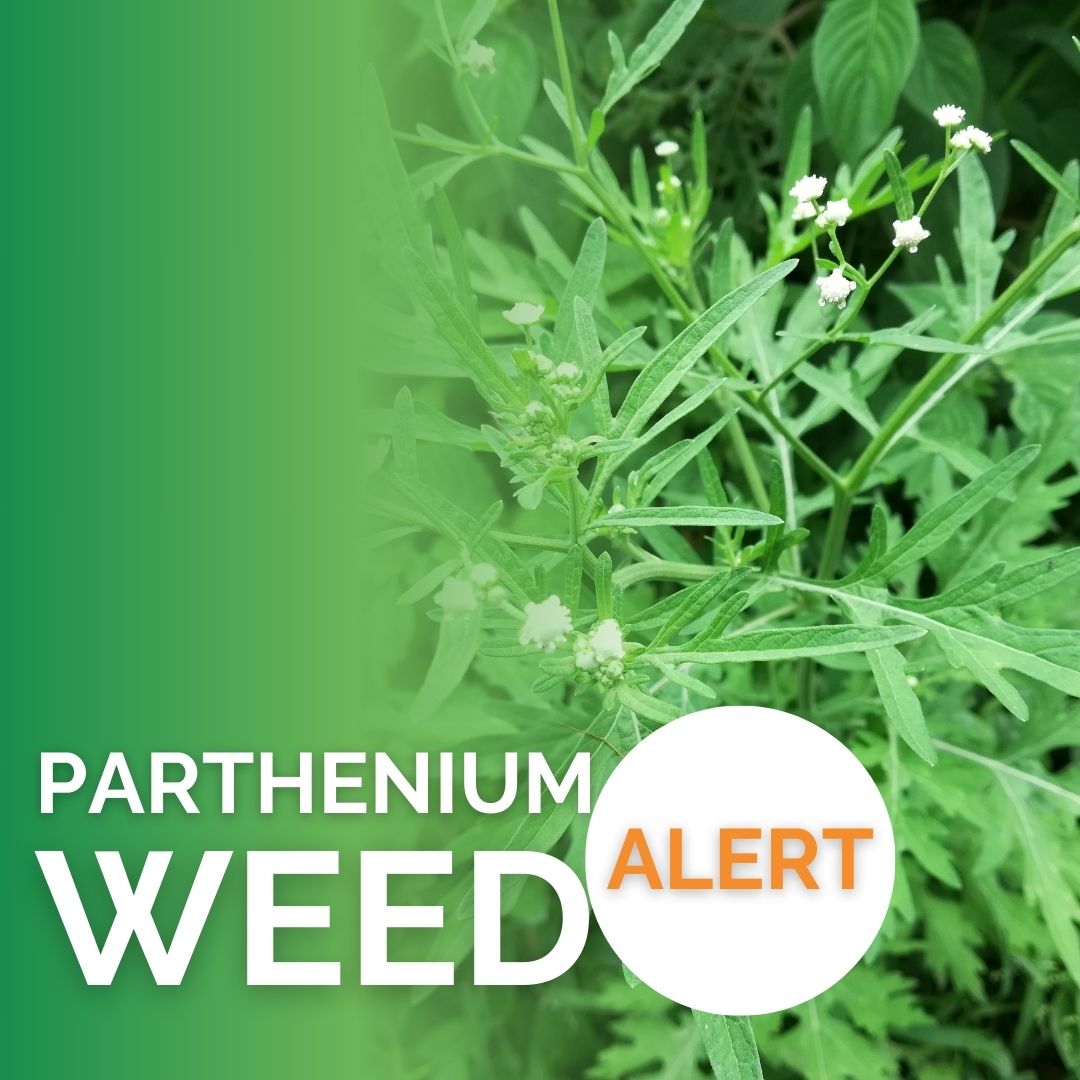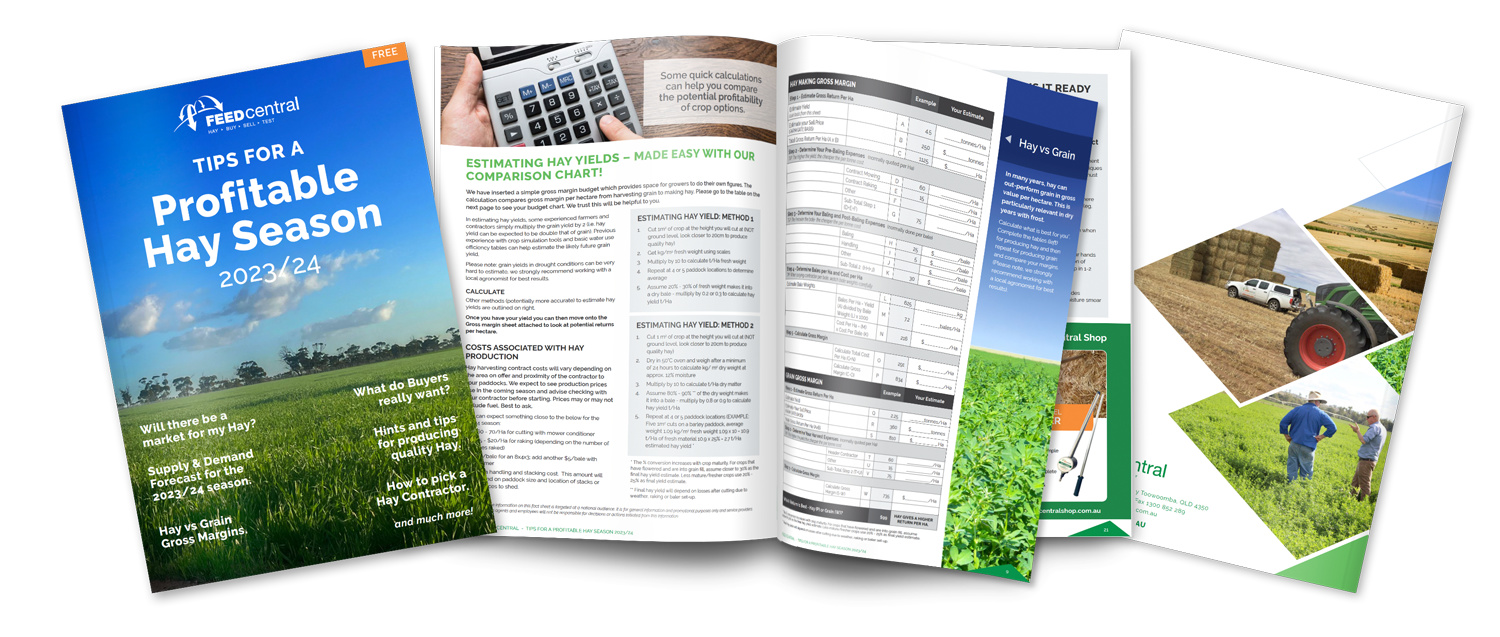Australia is a country that experiences many weather extremes from drought to flooding rains. The 16/17 cereal growing and harvest season brought with it wet conditions and huge yields for crops for the southern states whereas the next next 17/18 harvest seasons sees new conditions / challenges ahead, especially with the northern states being particularly dry.
A hot and dry growing season often leads to lower yields and increased protein levels, where as a wet growing season results in higher yields but a decrease in protein content. Due to the wet season you can also expect to see an increase in the fibre content of many hays due to the fact that it was too wet to cut at the ideal time. Unfortunately a longer growing period causing an increase in fibre content, consequently results in a decrease in the sugar content of the feed. This is one of the reasons why it is so important to know exactly what you are feeding your stock as this year’s hay/grain may not have the same nutritional content as last year’s.
Increasing production of milk solids is important for increasing productivity and efficiencies within your dairy herd. There are many components that play a major role in this, which include:
- Fibre – Fibre in the diet is directly related to the amount of milk fat a cow can produce and is also used as an energy source by ruminants. There are two measures of dietary fibre that we look in a feed test and these include Neutral Detergent Fibre (NDF) and Acid Detergent Fibre (ADF). NDF is a measure of the structural or slowly digested components of a plant such as hemicellulose, cellulose and lignin. Whereas, ADF makes up a proportion of the overall NDF levels as it consists of cellulose and lignin. Fibre also assists in saliva production in cows via chewing which helps maintain pH levels in the rumen due to the fact that saliva acts as a buffer.
- Sugar – Sugar in the form of Water Soluble Carbohydrates (WSC) also has an effect on milk solid production. WSC is a measure of the amount of sugars such as monosaccharides, disaccharides and some polysaccharides, mainly fructan which is a major storage carbohydrate found in grasses. Sugars are important for feeding rumen microbes which are responsible for digesting fibre content. They are also useful in maintaining body condition.
- Protein – Crude protein (CP) is needed to sustain long term milk production and has been linked to increasing milk fat and protein yields. It is a measure of the nitrogen containing substances in a feed which is made up of non-protein nitrogen products such as urea, and true protein which can be divided into two sections including degradable protein which is broken down in the rumen, and undegradable protein which is broken down in the intestine. As can be seen in Figure 1, it is directly related to the production of milk protein.
- Energy – Metabolisable Energy (ME) is a measure of the amount of energy that a feed contains minus the energy that is lost through bodily functions such as faeces, urine and gaseous emissions. In general, the higher the ME, the more productive your animals will be.
- Value – Relative Feed Value (RFV) is a measure of intake potential and digestibly of your feed. RFV takes into account the fibre content of a feed and as a general rule the higher the RVF the higher the quality of your feed.
The only way you can truly know what you are feeding your stock is to get a Feed Test done! If you’ve got pasture to test – GREAT! If you’ve got no pasture in your paddocks then make sure you Feed Test what you are feeding so that you make the most out of every mouthful.
So measure, manage it, and make profit enhancing decisions.
Figure 1. As crude protein intake increase the milk protein yield also increase.
-
Why Does Hay Get Dusty And What Causes It?
Author Neville Janke Neville Janke is a qualified agronomist and Horticulturist with over 20 years of experience guiding farmers in the Agricultural and Horticultural industries. With this experience, Neville has been helping long-term users of Hay and grain to experience the Feed Central way of sourcing quality Feed for hungry cattle. View all posts

